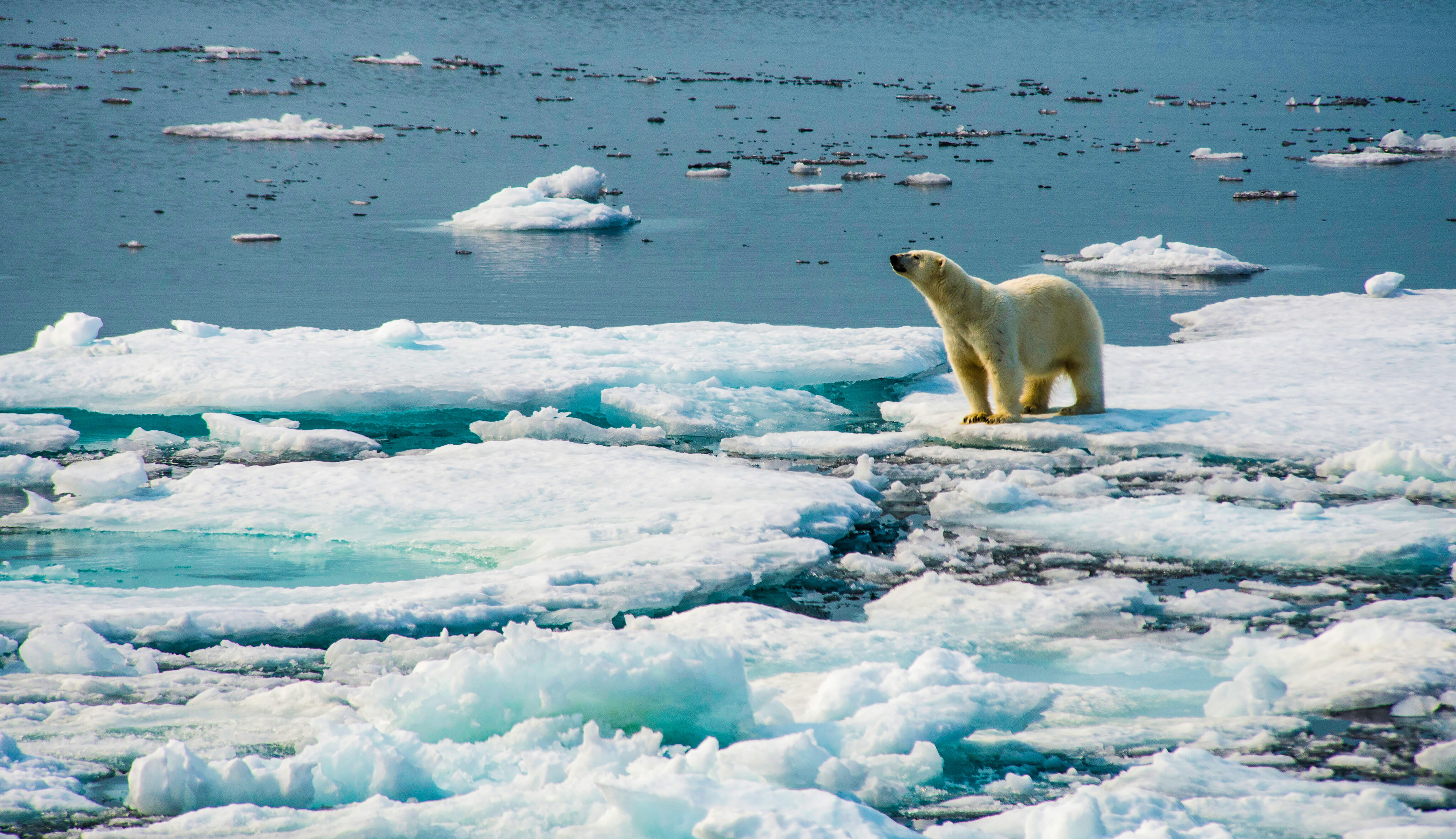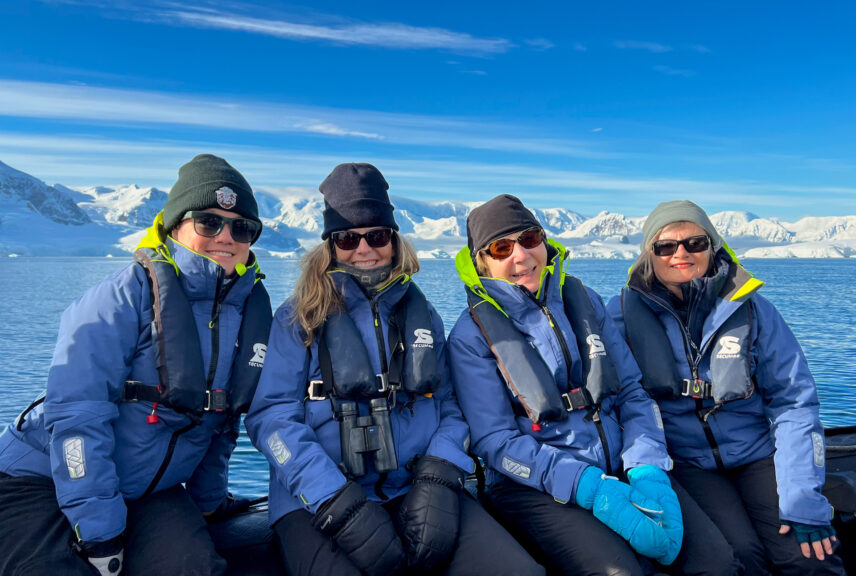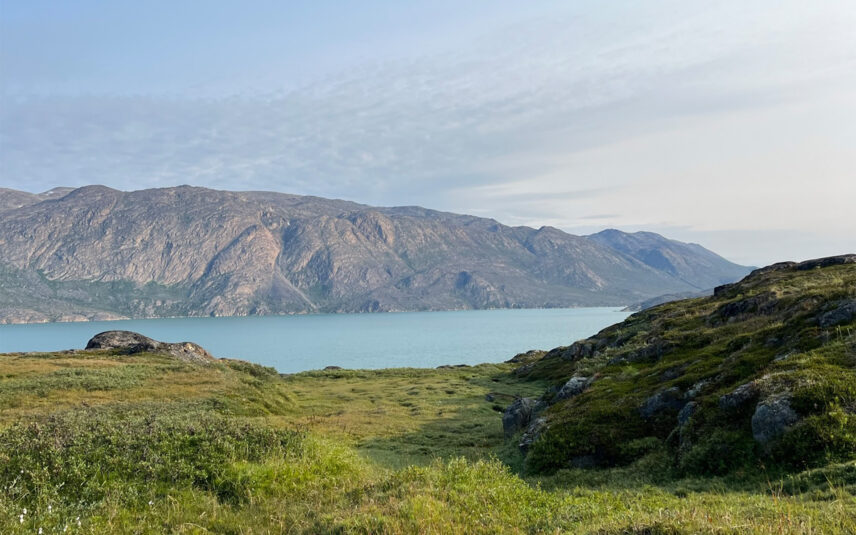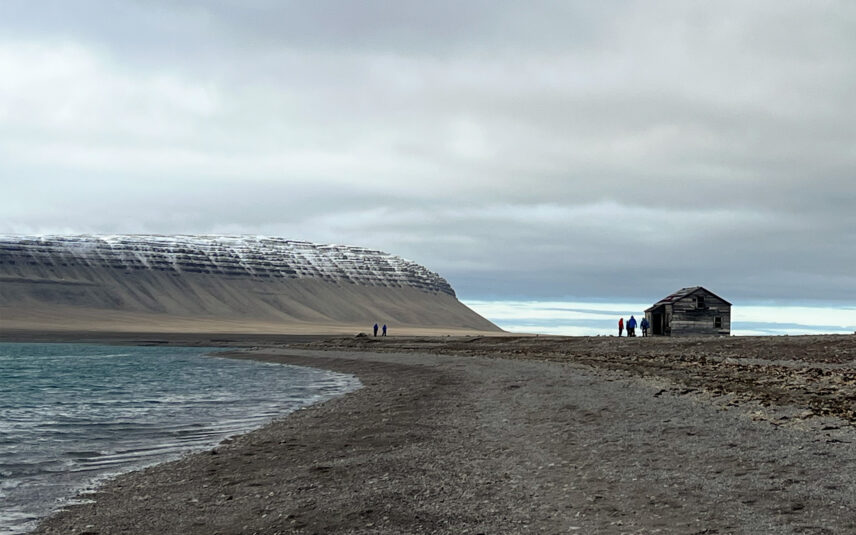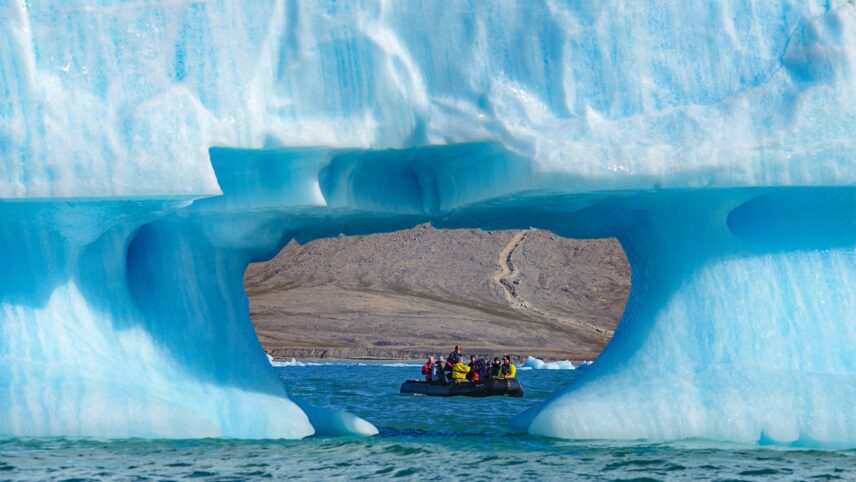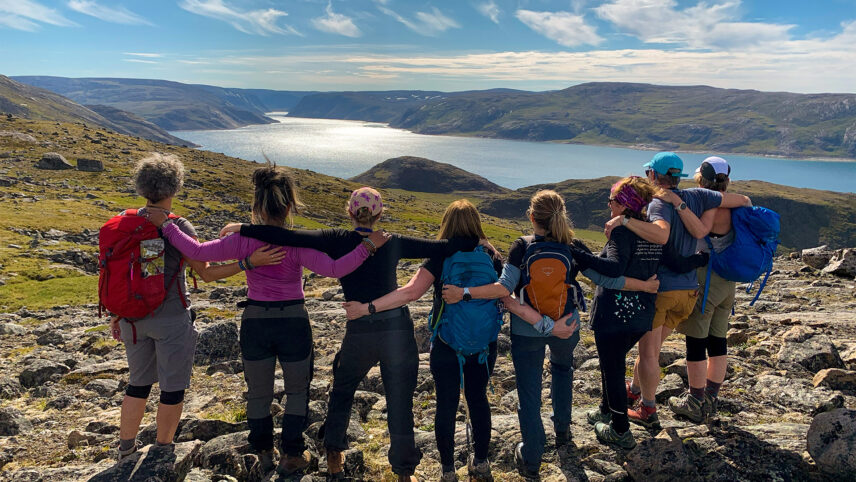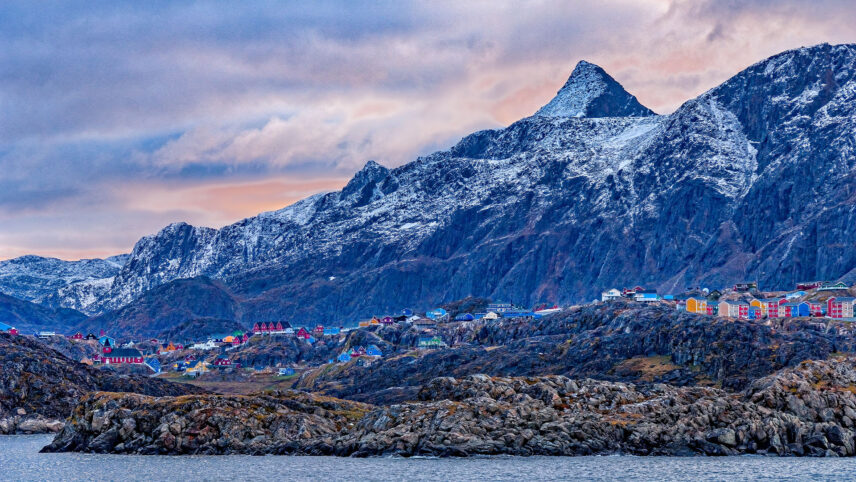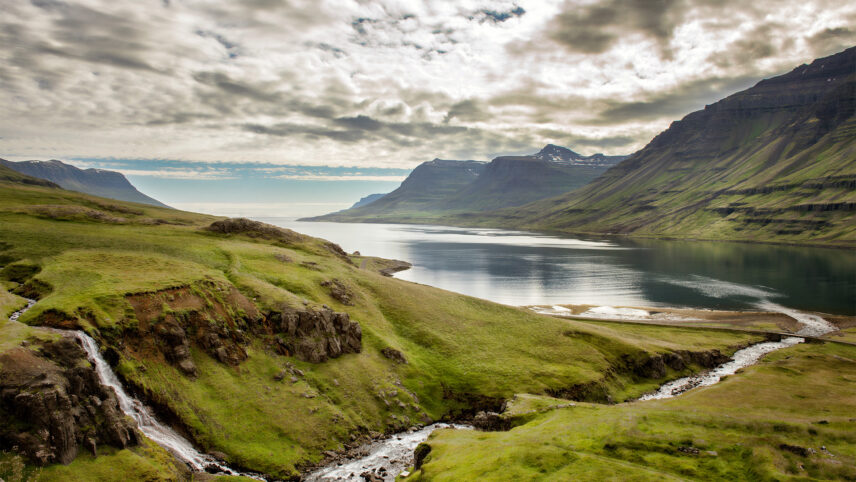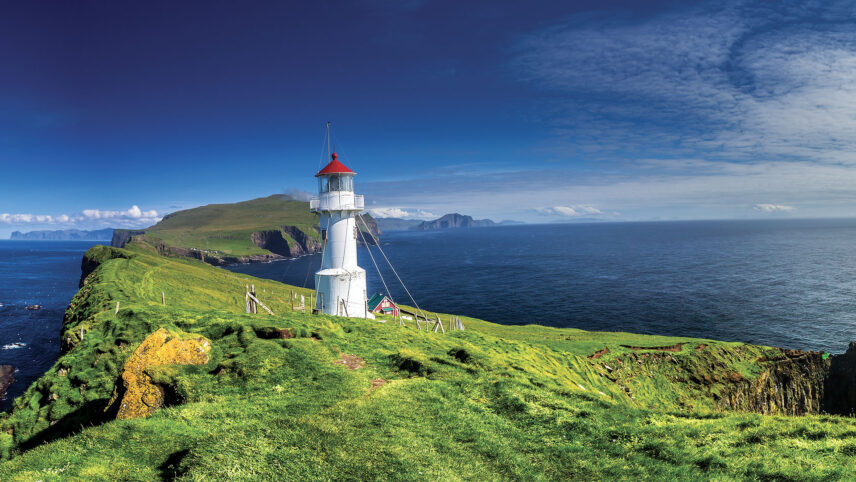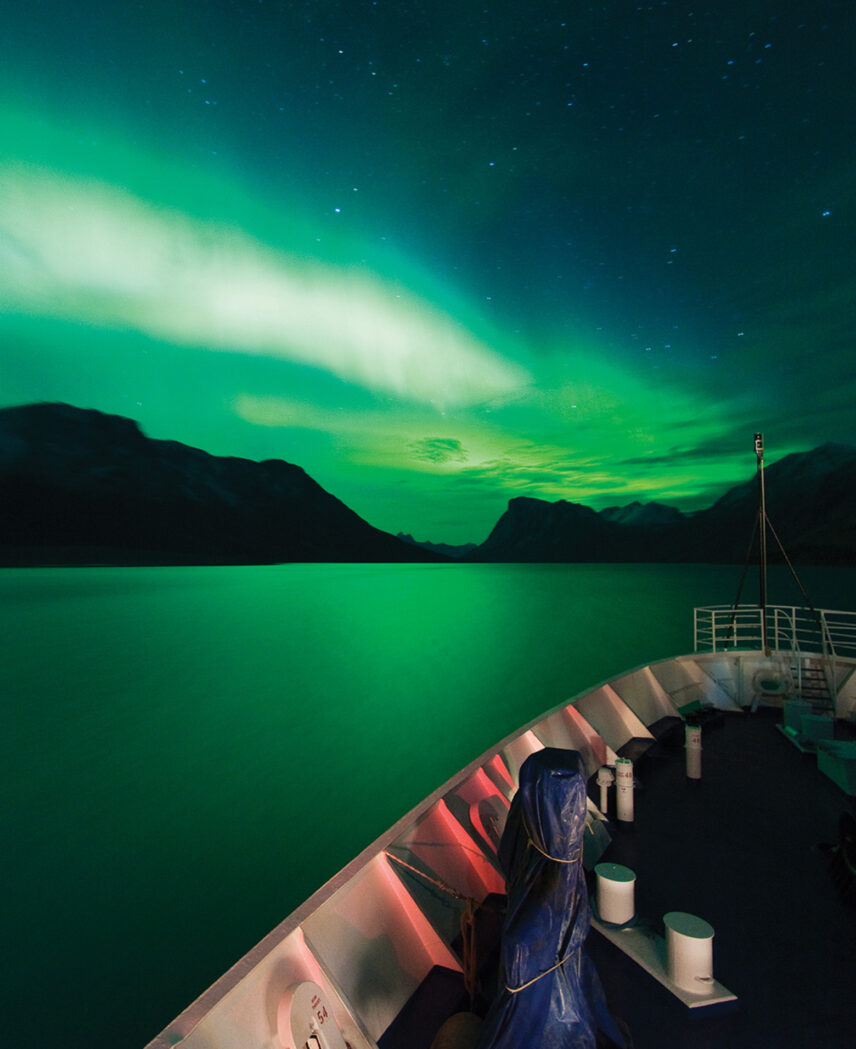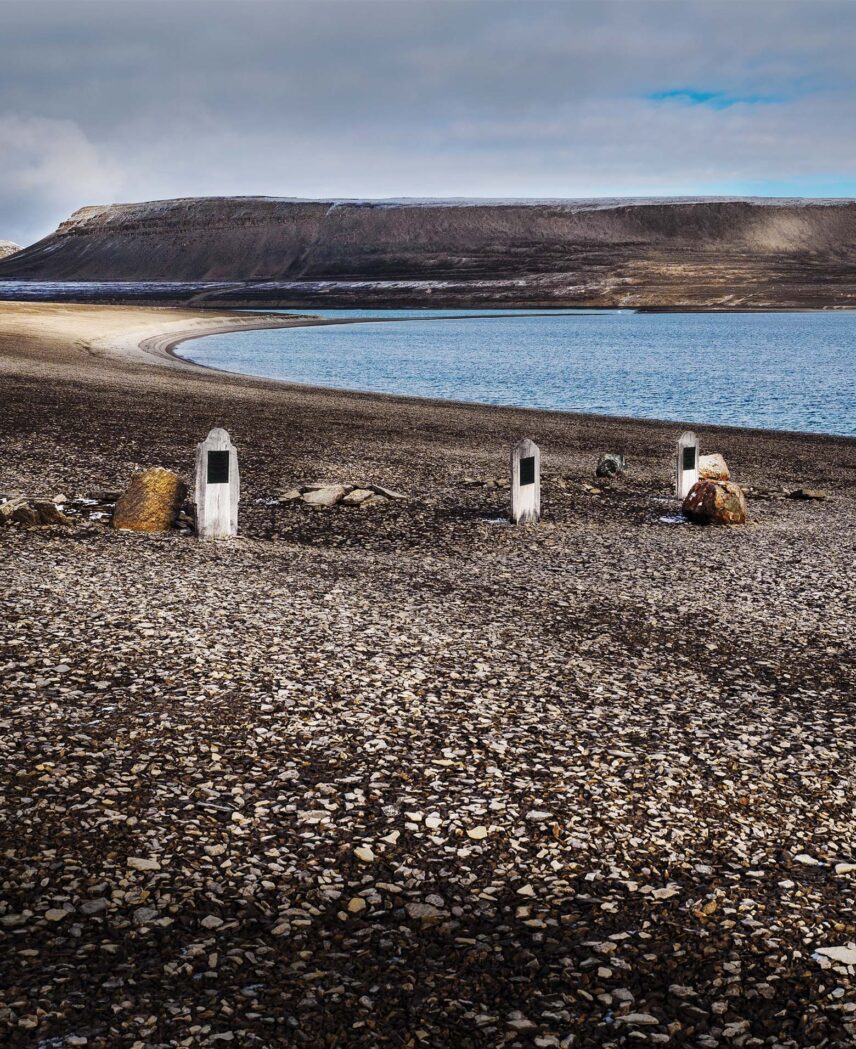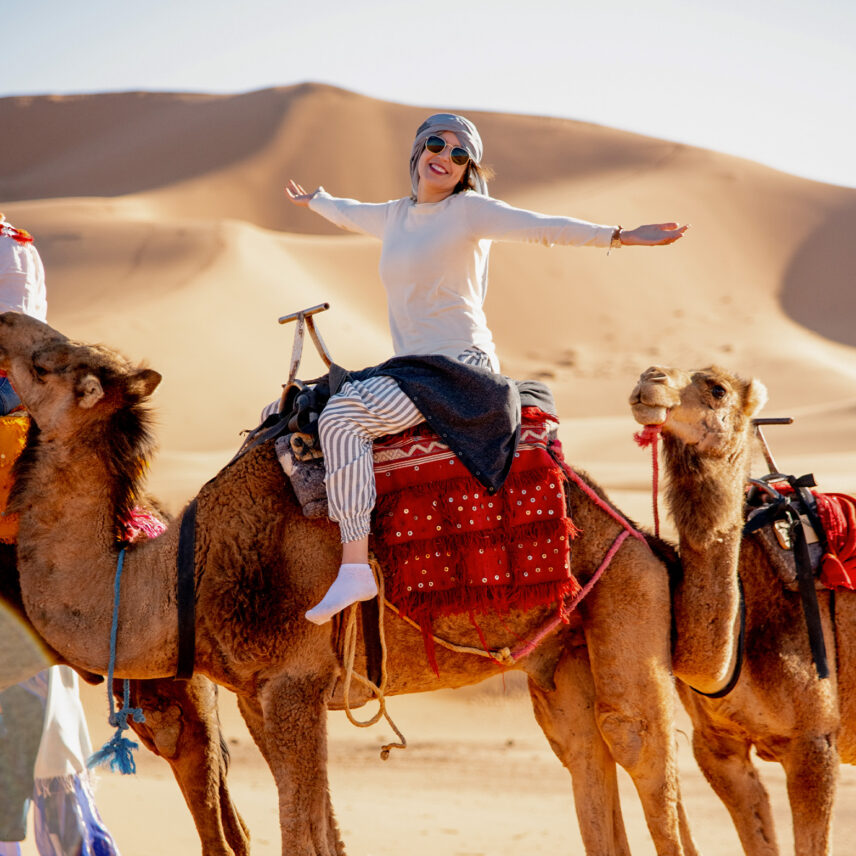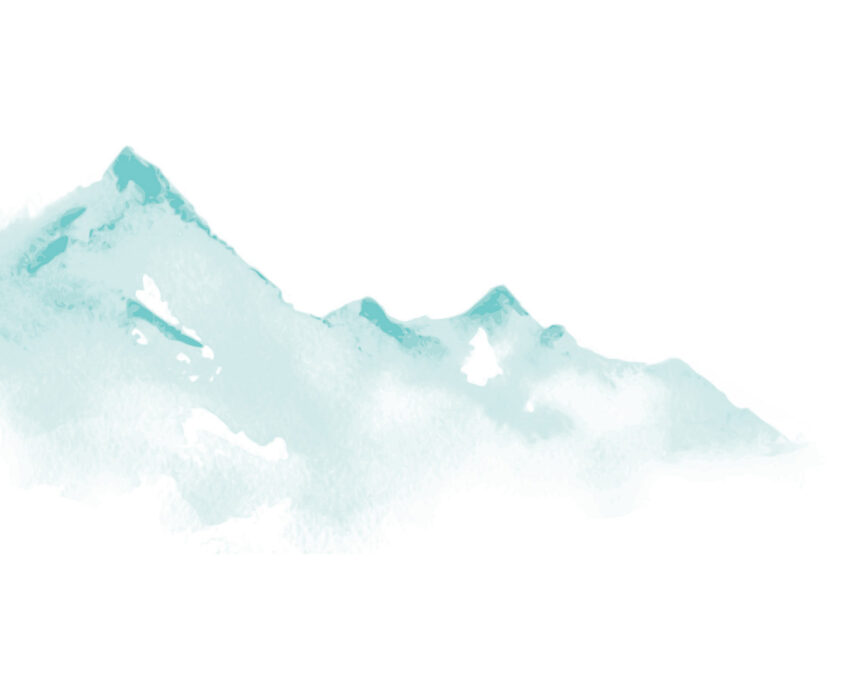

Trip Overview
Departures
Click for Dates + Prices
Duration
17 Days
Activities
Boating/Rafting
Cultural
Hiking
Small-Ship Expedition
Wildlife Viewing
Physical Rating
Easy
Be the First to Know
Interested in this trip? Get on the list for exclusive information and updates.


Photo Credit: Dennis Minty
The Valiant Voyage
Follow the sea route of fearless early Arctic explorers as we navigate one of the world’s most historic waterways, the Northwest Passage. European explorers searched in vain for this vital passage for 300 years, intent on finding a commercially viable western sea route between Europe and Asia. From Kangerlussuaq, Greenland to Mittimatalik (Pond Inlet), and onward to Kugluktuk, Nunavut, this signature voyage travels through one of Canada’s most culturally and historically significant landmarks.
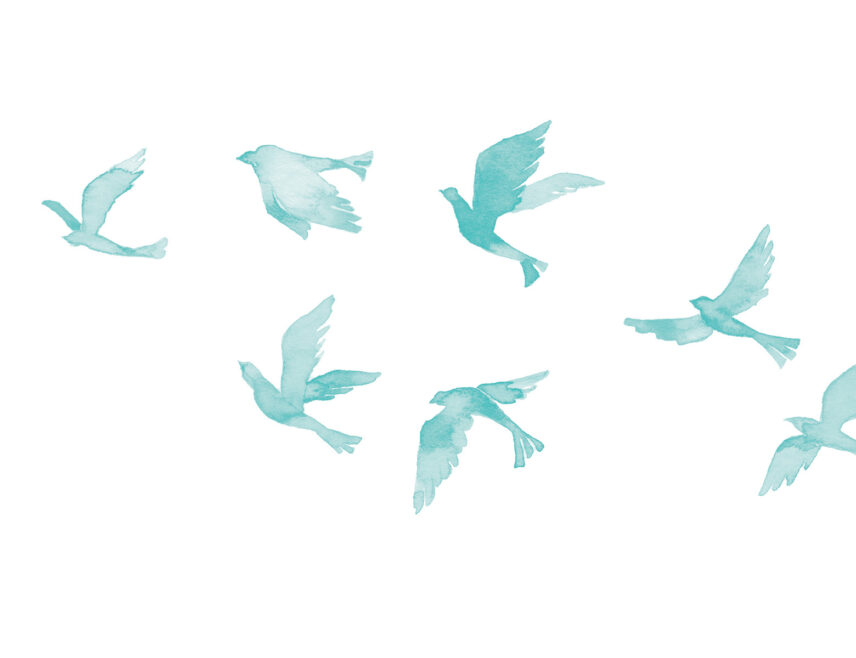
Navigate Canada’s Deep Arctic History

Experience the Arctic Tundra
This carefully curated itinerary begins in Greenland and follows the Ilulissat Icefjord (a UNESCO World Heritage Site), Davis Strait and crosses the imaginary Arctic Circle. This small ship expedition is multi-layered with unforgettable Arctic wildlife and avian encounters experienced from the deck, Zodiac and on foot. Inuit history unfolds through throat singing and drumming demonstrations at museums and cultural centers. Learn about the Guardians of Terror Bay program, the abandoned Royal Canadian Mounted Police post and former Hudson’s Bay Company site at Dundas Harbour.
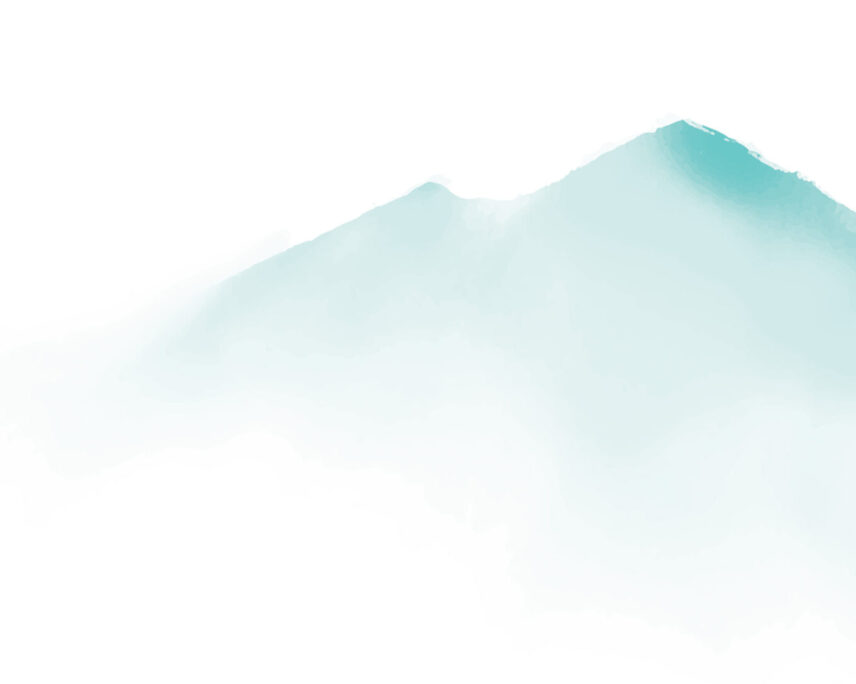
Itinerary
-
Day 1
Kangerlussuaq, Greenland
The World’s Longest Fjord
We begin our adventure by boarding our northbound charter flight from Toronto to Kangerlussuaq.
Kangerlussuaq is a former U.S. Air Force base and Greenland’s primary flight hub. Cue up the Top Gun soundtrack, right? Your first lesson begins with the pronunciation of Kangerlussuaq, which is kaˌŋɜˈɬːusːuɑq in Greenlandic. West Greenlandic is the most frequently spoken of the three distinct Greenlandic dialects and all children learn West Greenlandic in addition to Danish and English. “Aluu!” means “hello” and “goodbye” is “baaj.”
We transfer by Zodiac to the Ocean Endeavour, where we have front row seats to 118 miles (190 km) of startling scenery. Kangerlussuaq Fjord (Søndre Strømfjord) is the longest fjord in the world, and we cross the imaginary but remarkable Arctic Circle on our way.
Included Meals
All on-board meals
Accommodations
Your cabin on the Ocean Endeavour
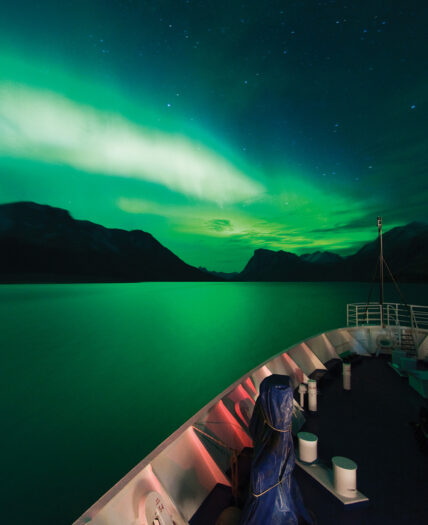
-
Day 2
Sisimiut Coast
A Cool Circle Community
West Greenland’s complex coastal waterways are a jumble of sculpture-like glaciers, islands, fjords and tight-knit Inuit communities. The waters are relatively warm here due to the subarctic location 25 miles (40 km) north of the Arctic Circle and the West Greenland Current.
Sisimiut means “the people living in a place where there are fox dens.” How magical is that? It’s the second largest city in Greenland (population: 5,600) For the first 2,000 years, the people of the Saqqaq culture occupied the area until the Dorset culture was introduced 2,500 years ago. Dorset culture pulsed strong for 1,500 years until the settlement of the Thule people (the ancestors of Canada’s modern-day Inuit population).
You may be surprised to learn that this cool and contemporary Arctic Circle community has a city bus and skate park where lanky teens show off their best ollies and BMX wheelies.
Included Meals
All on-board meals
Accommodations
Your cabin on the Ocean Endeavour
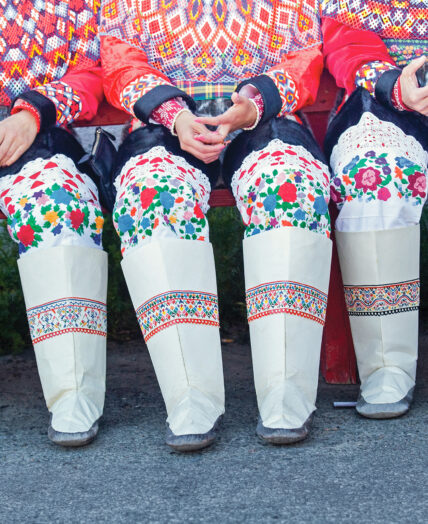
Photo Credit: Lee Naraway
-
Day 3
Ilulissat
Choose Your Own Adventure
Ilulissat literally translates to “iceberg”—it’s easy to see why. Located at the open mouth of the Ilulissat Icefjord, a UNESCO World Heritage Site, the fjord is the main artery of the Sermeq Kujalleq glacier, the source of countless icebergs in the mighty North Atlantic.
The 34 mile-long (55 km) floating “natural sculpture park” is jammed with surreal icebergs. Via Zodiac, we learn about growlers, bergy bits and calving (of icebergs, not cows!). Along the boardwalk of Iluslissat’s busy fishing harbor we can also view the icebergs from shore.
In town, it’s choose your own adventure! Try Atlantic wolffish at a local resto or howl with the local motley crew of Greenland sled dogs. Museum nuts will want to check out the namesake Ilulissat Museum and its tribute to Danish explorer and hometown hero, Knud Rasmussen.
Included Meals
All on-board meals
Accommodations
Your cabin on the Ocean Endeavour
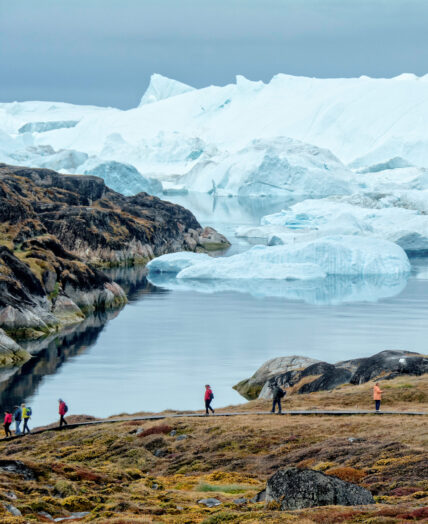
Photo Credit: Dennis Minty
-
Days 4 & 5
Western Greenland
Wandering Together
Greenland’s west coast is simply stunning—it’s one big panoramic postcard of superlatives.
Hikers, birders, poets, photographers, daydreamers and self-proclaimed philosophers easily fall under the coastal spell. Upon landing on Greenland’s stunner of a west coast, we can choose to pursue whatever activity makes our hearts pound hardest.
We can take a hike or a casual walk; stop to photograph or sketch the tiny, resilient tundra flowers; or contemplate evolution as we take in the mighty mountains.
Included Meals
All on-board meals
Accommodations
Your cabin on the Ocean Endeavour
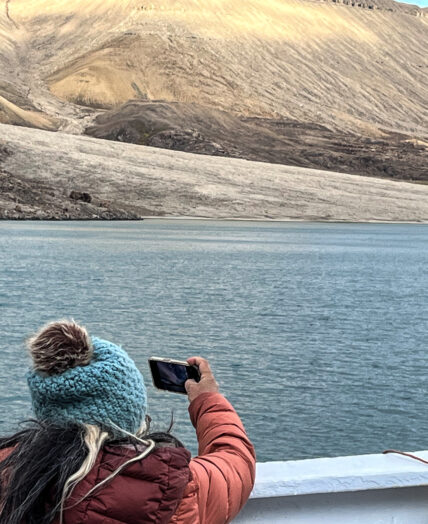
-
Day 6
At Sea – Davis Strait
The Floating Classroom
The daily onboard presentation series continues as we steam across the Davis Strait towards Nunavut. Find a seat in a workshop, watch a documentary or take advantage of the Ocean Endeavour’s amenities! Sweat it out in the gym, poke around the library shelves or lounge around—we have a built-in crew of fellow Wild Women to swap stories with.
As the strait splits between southeastern Baffin Island and southwestern Greenland, be sure to grab binoculars and get out on the deck to scout for pop-up whales, seabirds (little auks!) and marine wildlife. Narwhals, bowhead and pilot whale sightings are always dependent on the presence of zooplankton and schools of fish like the Arctic cod.
Inuit fishermen have also relied on these resource-rich shallow waters for an abundant Arctic char supply.
Included Meals
All on-board meals
Accommodations
Your cabin on the Ocean Endeavour
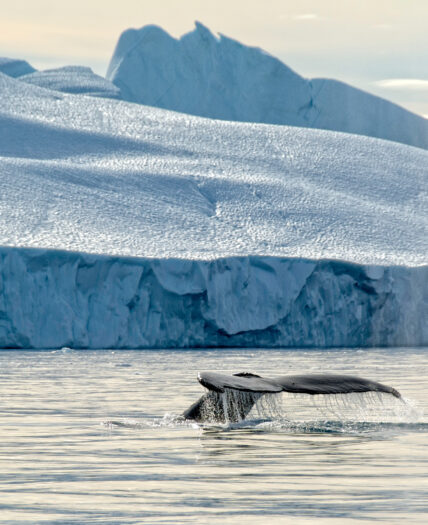
Photo Credit: Dennis Minty
-
Day 7
Mittimatalik, Nunavut
Bang the Drum
Mittimatalik (Pond Inlet) is a tight-knit Arctic community located on the tip of northern Baffin Island. In the winter months (mid-November to mid-January) there is no sun. Nearby, Bylot Island has the largest breeding colony of greater snow geese in the Canadian High Arctic and 74 unique Arctic bird species.
We have the opportunity to explore the town of Mittimatalik, which has evolved dramatically over the last century. Early visitors included whalers, failed gold prospectors and missionaries. Long before the bounty hunters, Dorset, Thule and Inuit Culture followed the migratory paths of caribou, seal, fish, walrus, ptarmigans, hare and polar bear. Some still live traditionally on the land in outpost camps.
Later, we attend a vibrant cultural performance by the talented Tununiq Arsarniit Theatre Group. There will be drum dancing, unforgettable throat singing and storytelling by the Mittimatalik and those who proudly call this frozen landscape home.
Included Meals
All on-board meals
Accommodations
Your cabin on the Ocean Endeavour
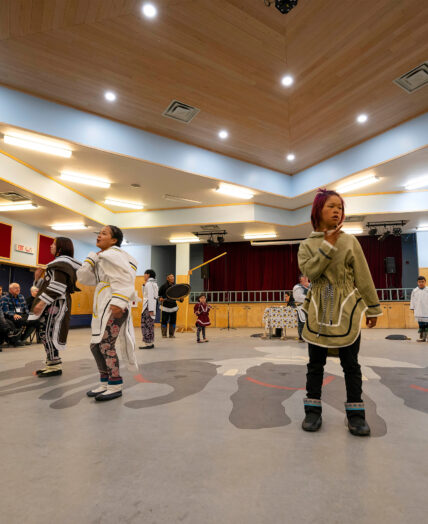
Photo Credit: Todd Mintz
-
Days 8–10
Tallurutiup Imanga and Devon Island
An Archaeological Adventure
The next three days are dedicated to exploring Tallurutiup Imanga (Lancaster Sound), one of Canada’s newest National Marine Conservation Areas. Narwhal, beluga and bowhead whales frequent this area as do polar bears. We visit a number of the silent bays, hike across the tundra and actually stop to smell the flowers. The island’s growing season is short and sweet (40–55 days).
Devon Island, the largest uninhabited island on earth, lies on the northern border of Tallurutiup Imanga. The island’s geology is a showcase of flat-topped mountains, glacial valleys and a substantial ice cap.
We visit sacred archaeological sites, once home to Inuit and their irrepressible ancestors, as well as dive into the human history of Devon Island with a visit to the remains of a Royal Canadian Mounted Police post and Hudson’s Bay Company site at Dundas Harbour.
Included Meals
All on-board meals
Accommodations
Your cabin on the Ocean Endeavour
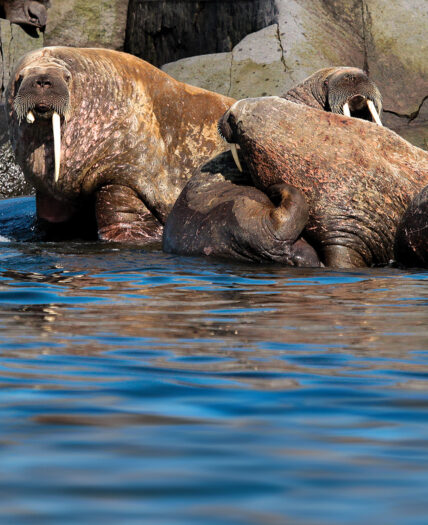
Photo Credit: Lee Naraway
-
Day 11
Beechey Island
In Franklin’s Shadows
The ghostly Franklin Expedition Historical Site is a testament to the resilience of several ship crews (and later, search parties) who had winter encampments here, beginning with Franklin’s team in 1845–46. Three of his 130-person crew are buried here: John Torrington, William Braine and John Hartnell. They were exhumed (and reburied) in the 1980s as part of an anthropological examination, their bodies essentially mummified by the Arctic’s barometer.
Franklin’s crew wintered on the barren expanse of Beechey Island during their search for a Northwest Passage, but became icebound off King William Island the following year. The death of these three men is still an unresolved Nancy Drew mystery. Was it really lead poisoning from their canned food diet? The rest of the crew resorted to cannibalism, so whose fate was worse? We visit the haunting memorial to the expedition that went sideways in a valiant attempt to make history.
Included Meals
All on-board meals
Accommodations
Your cabin on the Ocean Endeavour
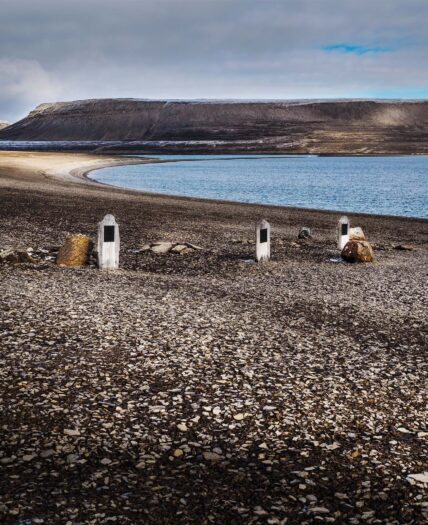
Photo Credit: Bert Jenkins
-
Days 12 & 13
Prince Regent Inlet
Belugas, Bowheads and Birds
In Prince Regent Inlet, twitchers can check off several species like the thick-billed murre and ivory gull. Scanning the biodiverse area for life above and below the surface is full of rewards. Beluga, narwhal and bowhead whales reside in these ice-strewn waters, so we should keep our binoculars on swivel for both whale spouts and murre dives.
Our expert guides will share an even deeper dive (no wetsuit required) into the ambitious exploration of the Northwest Passage and the mercantile efforts of the iconic Hudson’s Bay Company on our expedition landing sites.
Included Meals
All on-board meals
Accommodations
Your cabin on the Ocean Endeavour
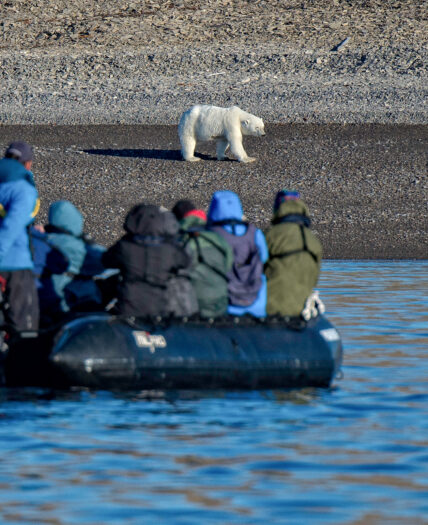
Photo Credit: Dennis Minty
-
Days 14–16
Kitikmeot Region
Lessons in Heritage
We call in at Uqsuqtuuz (Gjoa Haven), home of the Guardians of Terror Bay. Twenty-one Inuit guardians were hired and trained by Parks Canada to patrol the national historic site 24/7 and report any unauthorized vessels.
Here, we gather ‘round to hear the tall tales shared by locals of Norwegian seafaring legend Roald Amundsen (he became the first European to cross the Northwest Passage thanks to the intel of the Inuit). The Passage was successfully navigated in 1903–06 by Amundsen in his tiny ship, Gjoa.
There will be time to visit the Nattilik Heritage Society Cultural Centre. Since 2013, the center has facilitated workshops and mentorship programs in sewing, appliqué needlework, carving and various crafts to inspire the economic self-sufficiency of the community. The center is also known for its precious collection of carvings and intricate wall hangings.
Included Meals
All on-board meals
Accommodations
Your cabin on the Ocean Endeavour
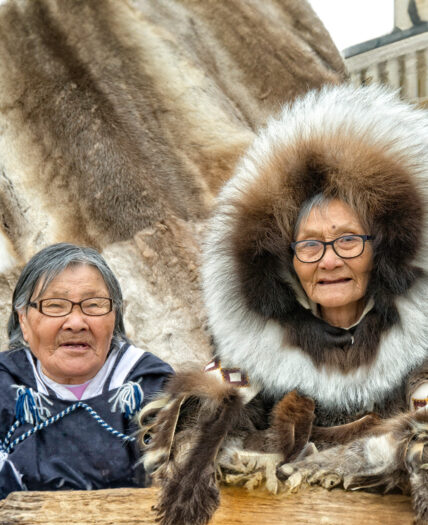
Photo Credit: Dennis Minty
-
Day 17
Kugluktuk, Nunavut
Friendships Forged at Sea
Our time in the Arctic will draw to a nostalgic close in Kugluktuk, the westernmost community in Nunavut. Located at the mouth of the Coppermine River, the community reverted to its original Inuinnaqtun name in 1996. It means, fittingly, “place of moving waters.”
From the “the people living in a place where there are fox dens” to the “place of moving waters,” we have navigated a culturally deep and historically remarkable part of Canada.
After big hugs and even bigger sighs, we disembark the Ocean Endeavour and transfer by Zodiac to shore for our charter flight southbound to Yellowknife, Northwest Territories.Note: Iqaluktuuttiaq (Cambridge Bay), Nunavut will be our alternate disembarkation point if necessary. This decision will be made based on sea, ice and weather conditions at the time.
Included Meals
All on-board meals
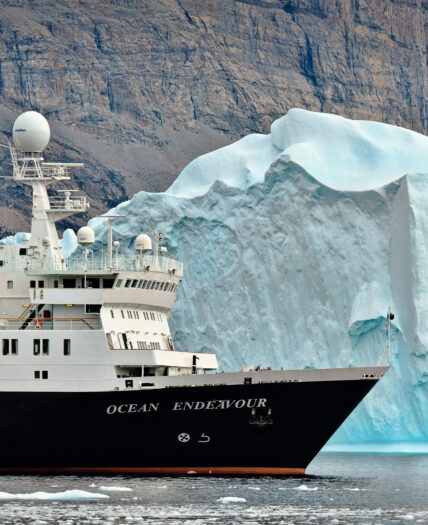
Photo Credit: Michelle Valberg
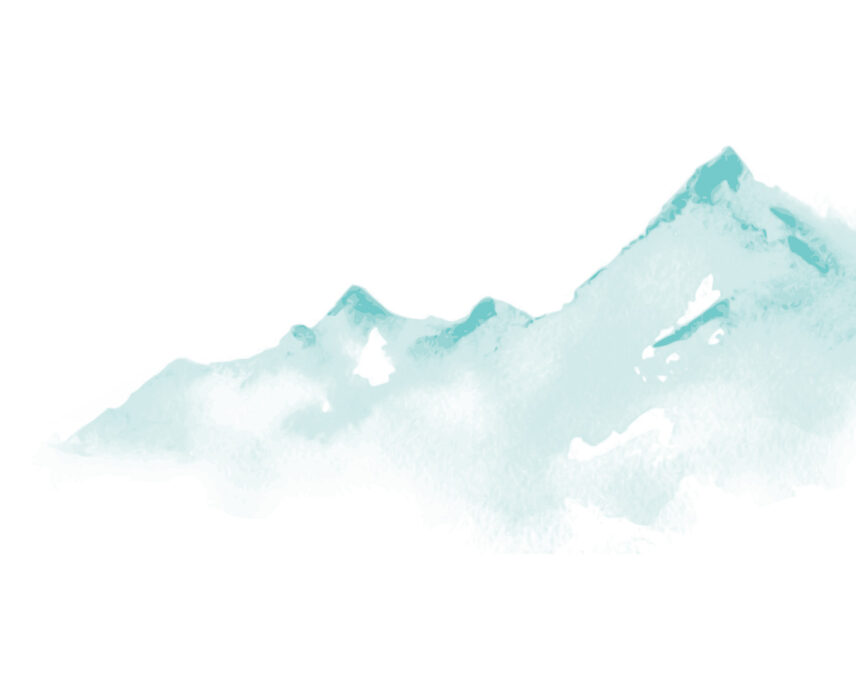
What’s Included
- Passage aboard the expedition ship Ocean Endeavour
- All onboard meals (even if you have seconds)
- Accommodation on the vessel (cabin categories 1–10 are subject to availability)
- A steely team of expert expedition staff
- Guided activities to stretch your legs and mind
- Sightseeing and community visits
- All Zodiac excursions
- Educational programming onboard, interactive workshops and evening entertainment
- Complimentary expedition jacket
- A handsome contribution to Adventure Canada’s Discovery Fund that supports local youth outreach, community support and habitat projects
- A Wild Women Expeditions Host
- Special access permits, entry and park fees
- Port fees, applicable taxes and the time of your life
What’s Excluded
- Northbound Charter Flight from Toronto, Ontario (YYZ) to Kangerlussuaq, Greenland (SFJ)
Additional fee for 2024: $1,375 USD - Southbound Charter Flight from Kugluktuk (Coppermine), Nunavut to Yellowknife, Northwest Territories
Additional fee for 2024: $1,320 USD
Please Note:
Upon booking, charter flight arrangements will be made for you by Wild Women Expeditions and added to your trip’s final balance.
All applicable taxes are included in the trip price.
25% Off Early Booking Bonus already reflected in trip price.
Adventure Canada itineraries may be subject to change without notice due to weather, ice and sea conditions. Please review our Booking Terms.
Trip Add-Ons
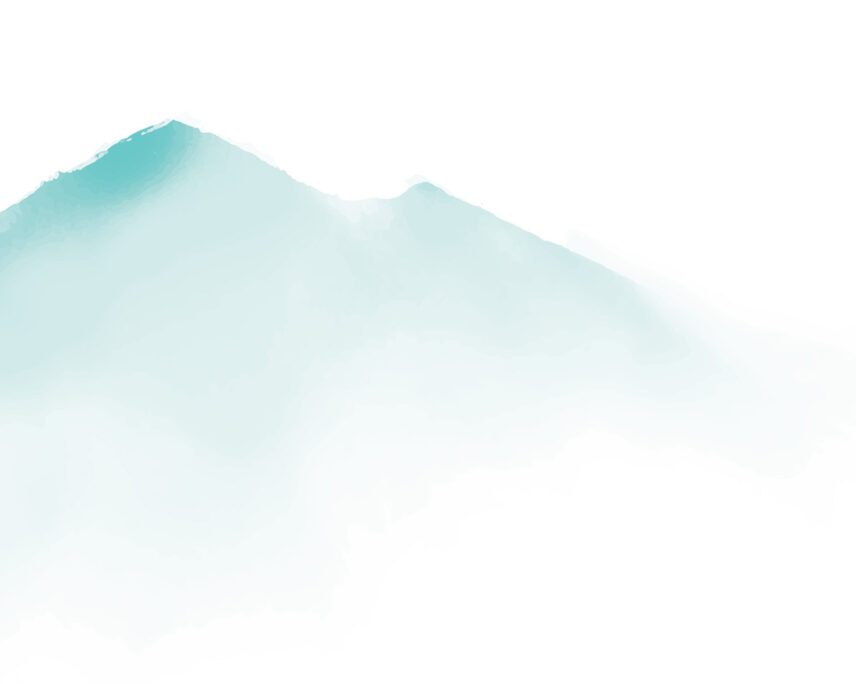
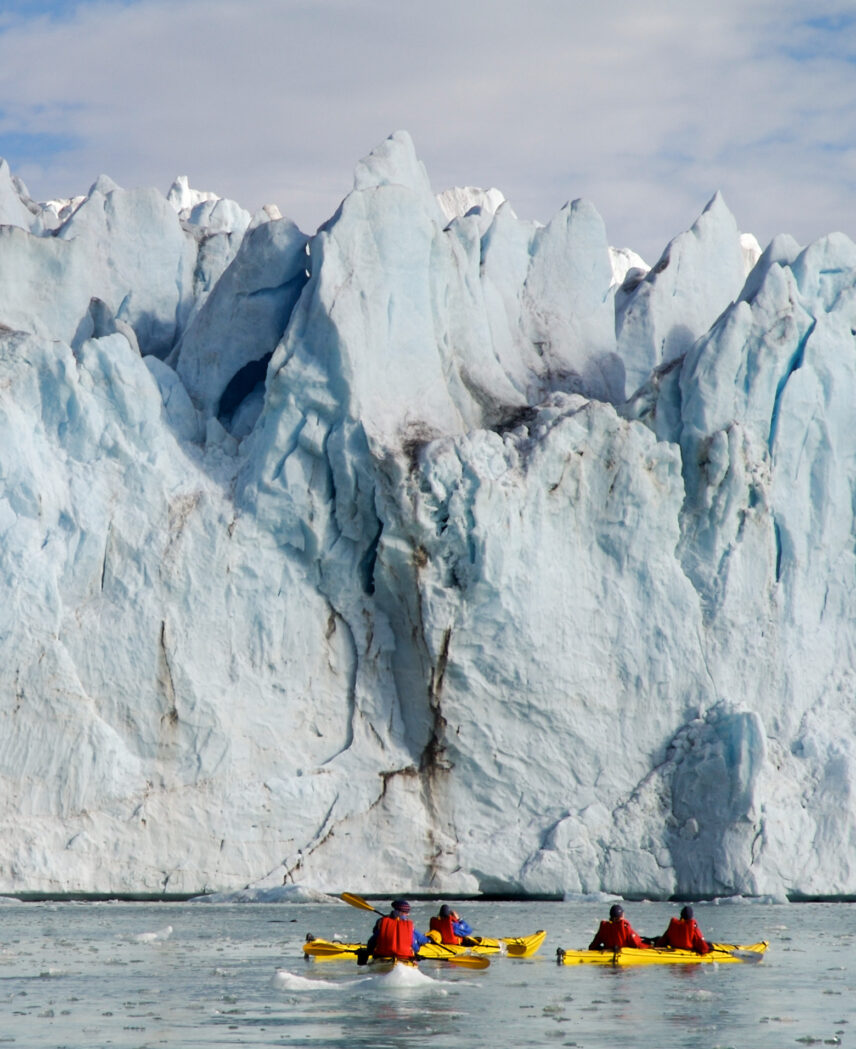
Kayaking
$800 USD Per Person
Join us for this rare opportunity to experience magical places by water. Our qajaq (Inuit for “kayak”) program will bring you through pristine waters, near marine life and along a historic coastline. Limited space is available per departure, and an application process is required for this activity. Some kayaking experience is required.
*Price based on 2024 departure date.

Bicycle Rentals
Explore the stunning Arctic landscape on two wheels. A fleet of Kona mountain bikes is available for rent during set times throughout each expedition. Cycling excursions are only available in predetermined community visits, and passengers will be notified when they are available one to two days in advance of the excursion of the daily recap.
*Prices may vary based on departure dates.
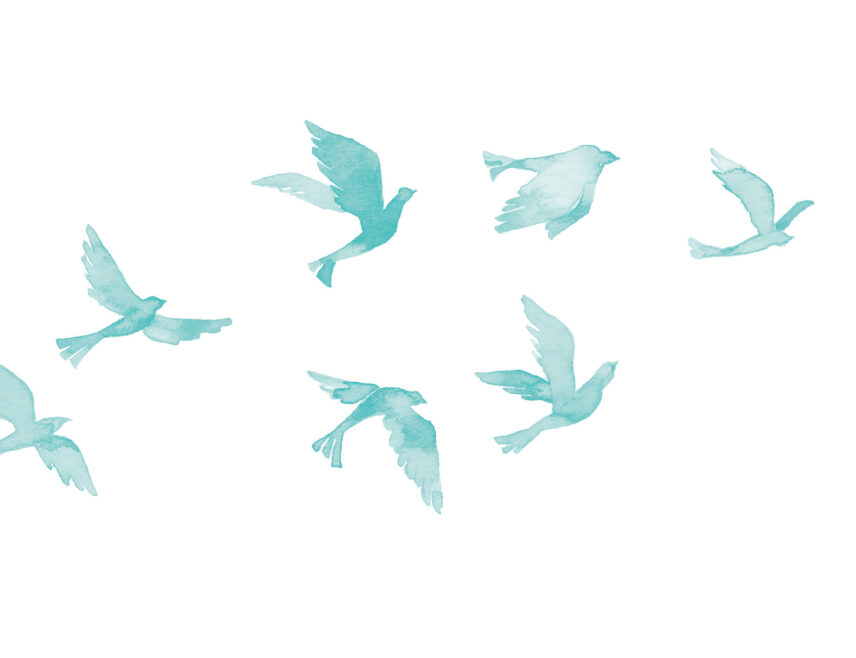
The Ship & Cabins
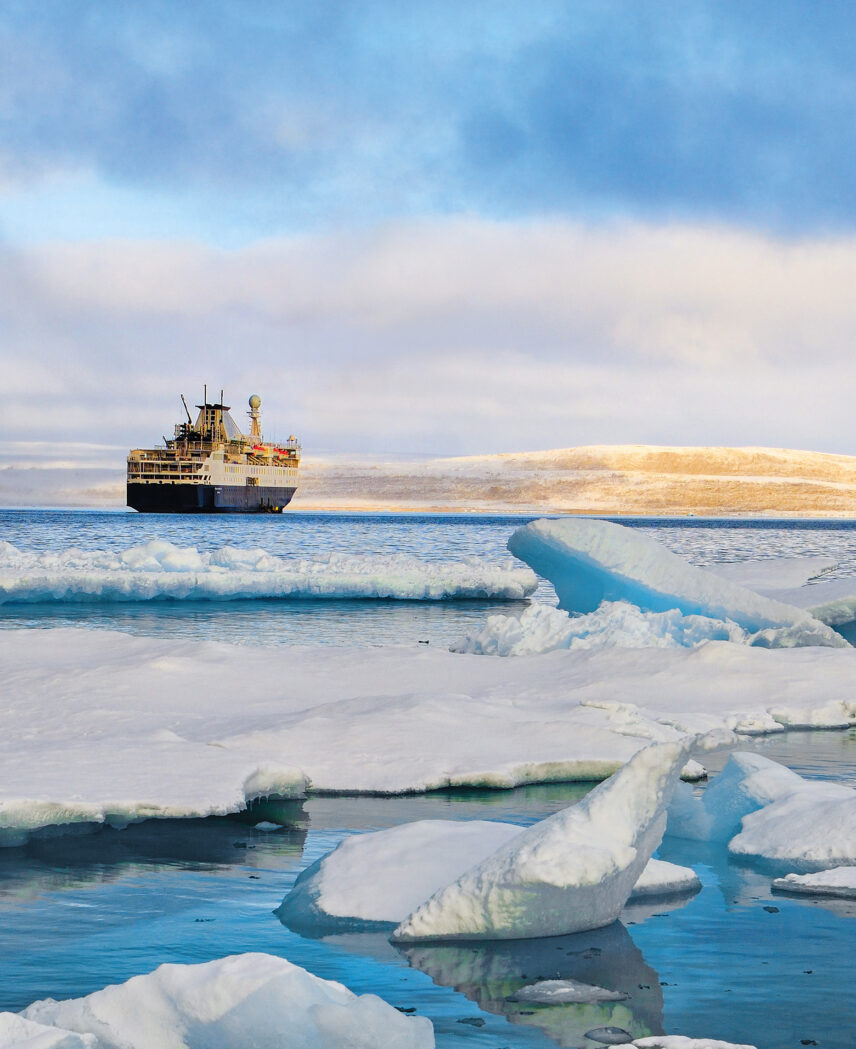
Photo: Bogner Bog
The Ocean Endeavour
The Ocean Endeavour is a 198-passenger ice-strengthened vessel with twenty Zodiacs, advanced navigation equipment and stabilizers. A doctor, paramedic and medical clinic offer complete peace of mind. The ship has several lounge areas, a library and multiple viewing decks, where you can relax by yourself or with your newfound crew.
Ship Specifications
Capacity: 198 passengers
Crew: 124
Registry: Bahamas
Ice Class: 1B
Length: 137 metres (450ft)
Breadth: 21 metres (19ft)
Draft: 5.8 metres (19ft)
Cruising Speed: 15 knots
Safety Features: 6 fully enclosed lifeboats and 8 life rafts. The ship has an ice-strengthened hull and the lifeboat and life raft capacity exceeds SOLAS requirements with at least 25% additional capacity above the number of people on board.
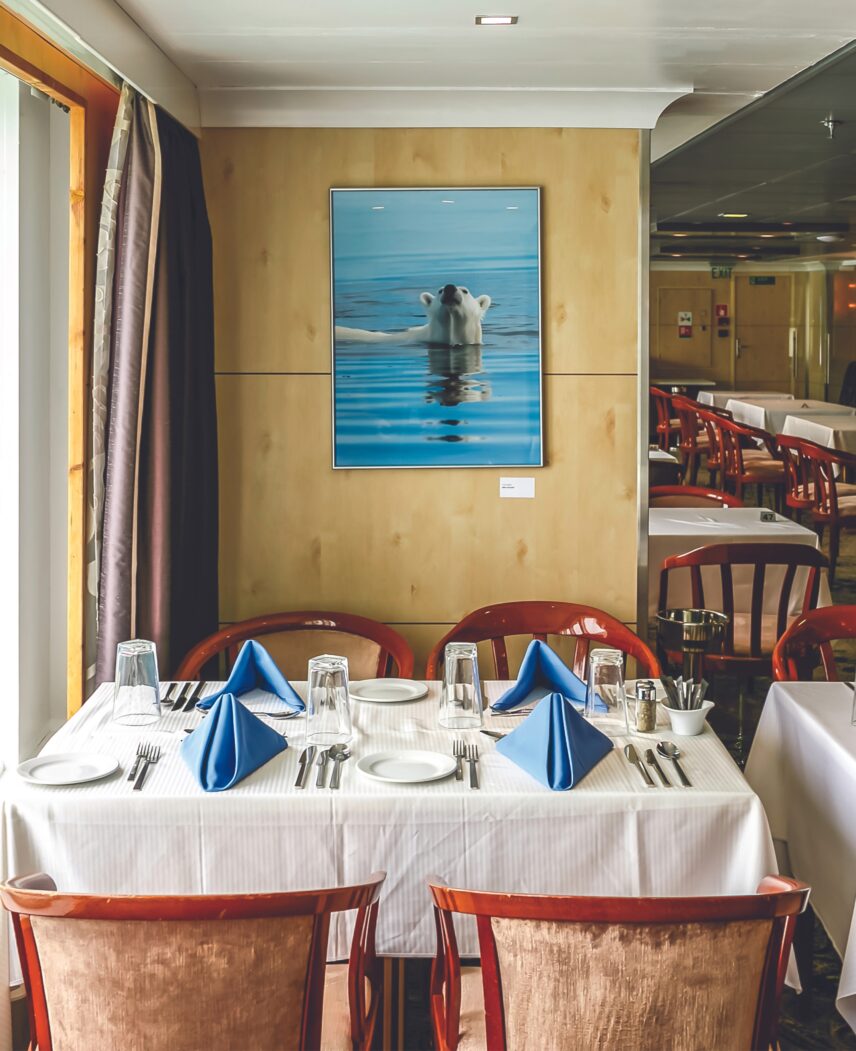
Food on Board
Enjoy open-seating meals in the roomy Polaris Restaurant, surrounded by ocean views. Adventure Canada staff mingle and share their expertise over meals. Breakfast and lunch include a wide variety of tasty and healthy choices. Globally inspired a la carte suppers offer options to suit every taste, including fish and vegetarian options. Desserts, made fresh daily, are a highlight! Food sensitivities, special diets, and personal choices can be accommodated with advance notice. Early-bird breakfast, afternoon tea, late-night snacks, and treats round out the offerings. And tea, coffee, and cookies are always available!
Life on Board
Life aboard Ocean Endeavour is as relaxed or as engaged as you want it to be. The onboard spa, library, hot tub, sauna, gift shop, multiple lounges, and viewing areas offer comfort and ease. Our programming is designed to enhance your understanding and appreciation of the regions we visit. Presentations, workshops, entertainment, and special events complete the excursions. From dances to polar plunges, from lounge concerts to theme parties, we love to have a great time together!
Choose Your Cabin
Below are details about the cabin options available. All cabins are shared with one of your new Wild Women friends. However, the earlier you book, the more likely you are to be paired with your travel companion.
Cabin Category 7
Select Twin
- Picture windows, unobstructed view
- Two lower berths
- Private bath
- Hair dryer, bathrobe, towels, body wash, and hair care products
- Intercom, telephone, and flat screen TV
- Approximately 190 square feet
Cabin Category 6
Comfort Twin
- Two porthole windows, unobstructed view
- Two lower berths
- Private bath
- Hair dryer, bathrobe, towels, body wash, and hair care products
- Intercom, telephone, and flat screen TV
- Approximately 175 square feet
Cabin Category 5
Main Twin
- Picture windows, unobstructed view
- Two lower berths
- Private bath
- Hair dryer, bathrobe, towels, body wash, and hair care products
- Intercom, telephone, and flat screen tv
- Approximately 115 square feet
Cabin Category 4
Exterior Twin
- Porthole window, unobstructed view
- Two lower berths
- Private bath
- Hair dryer, bathrobe, towels, body wash, and hair care products
- Intercom, telephone, and flat screen tv
- Approximately 100 square feet
Cabin Category 3
Interior Twin
- Interior cabin
- Two lower berths
- Private bath
- Hair dryer, bathrobe, towels, body wash, and hair care products
- Intercom, telephone, and flat screen tv
- Approximately 120 square feet
Cabin Category 2
Triple
- Interior cabin
- Three lower berths
- Two private baths
- Hair dryer, bathrobe, towels, body wash, and hair care products
- Intercom, telephone, and flat screen tv
- Approximately 200 square feet
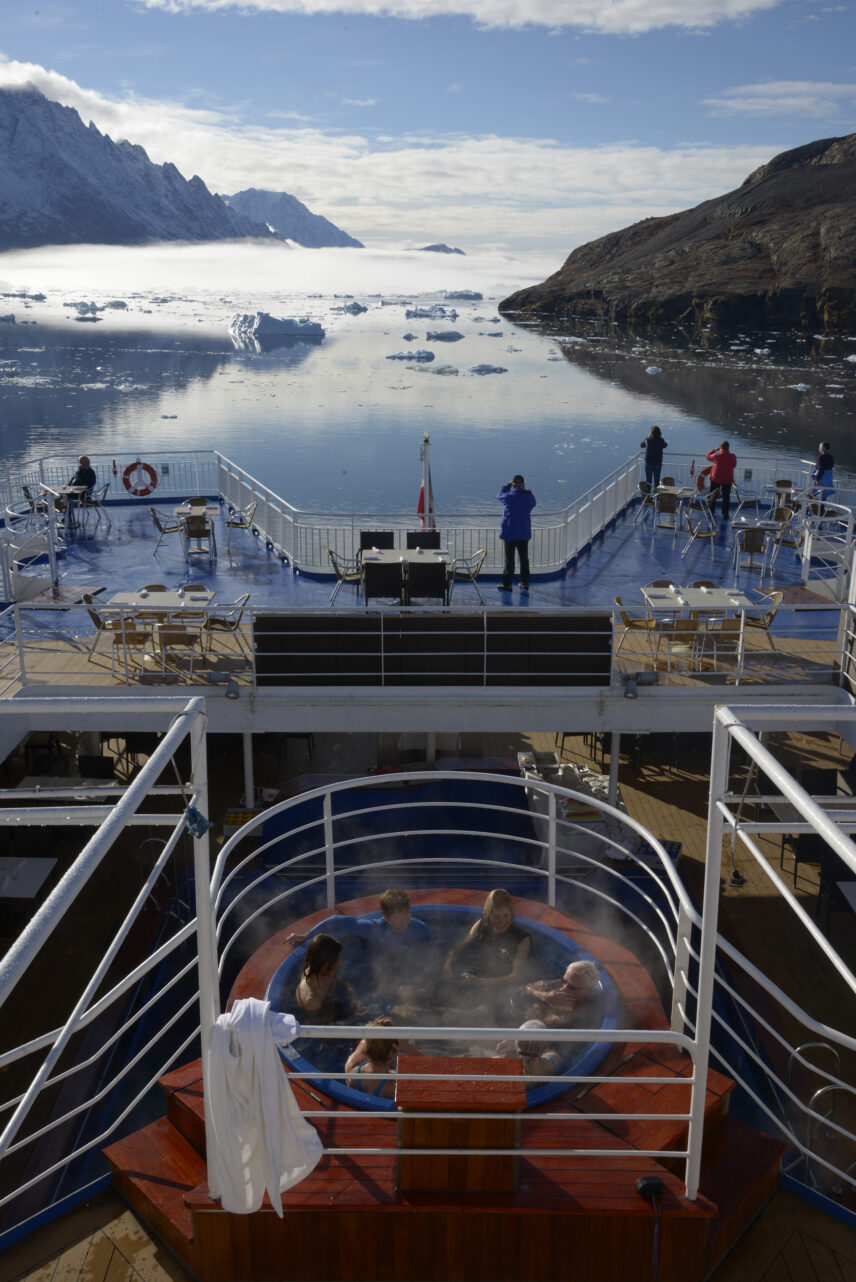
Hot Tub
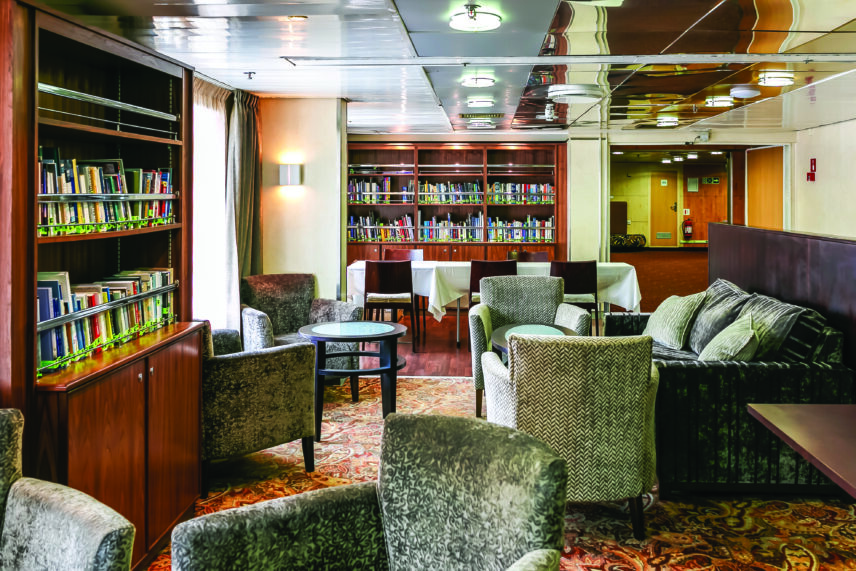
Compass Club – Library
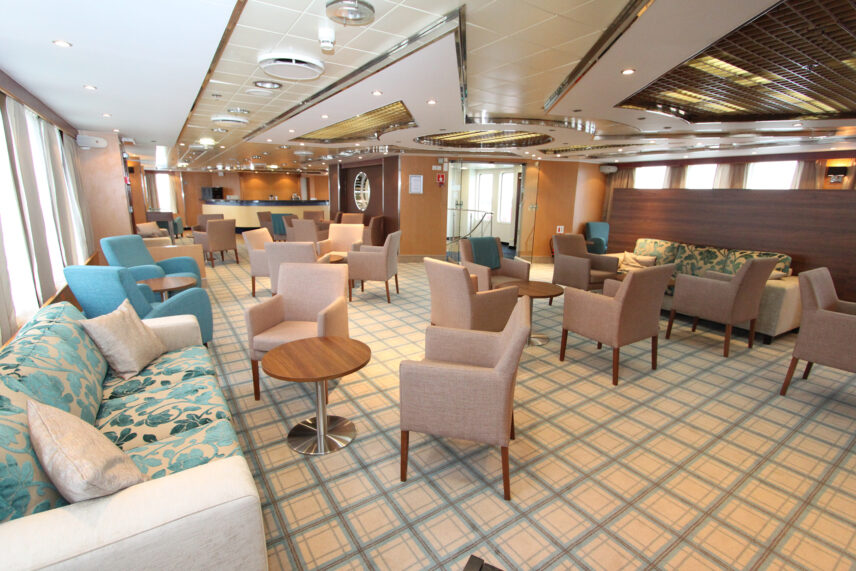
Meridian Club
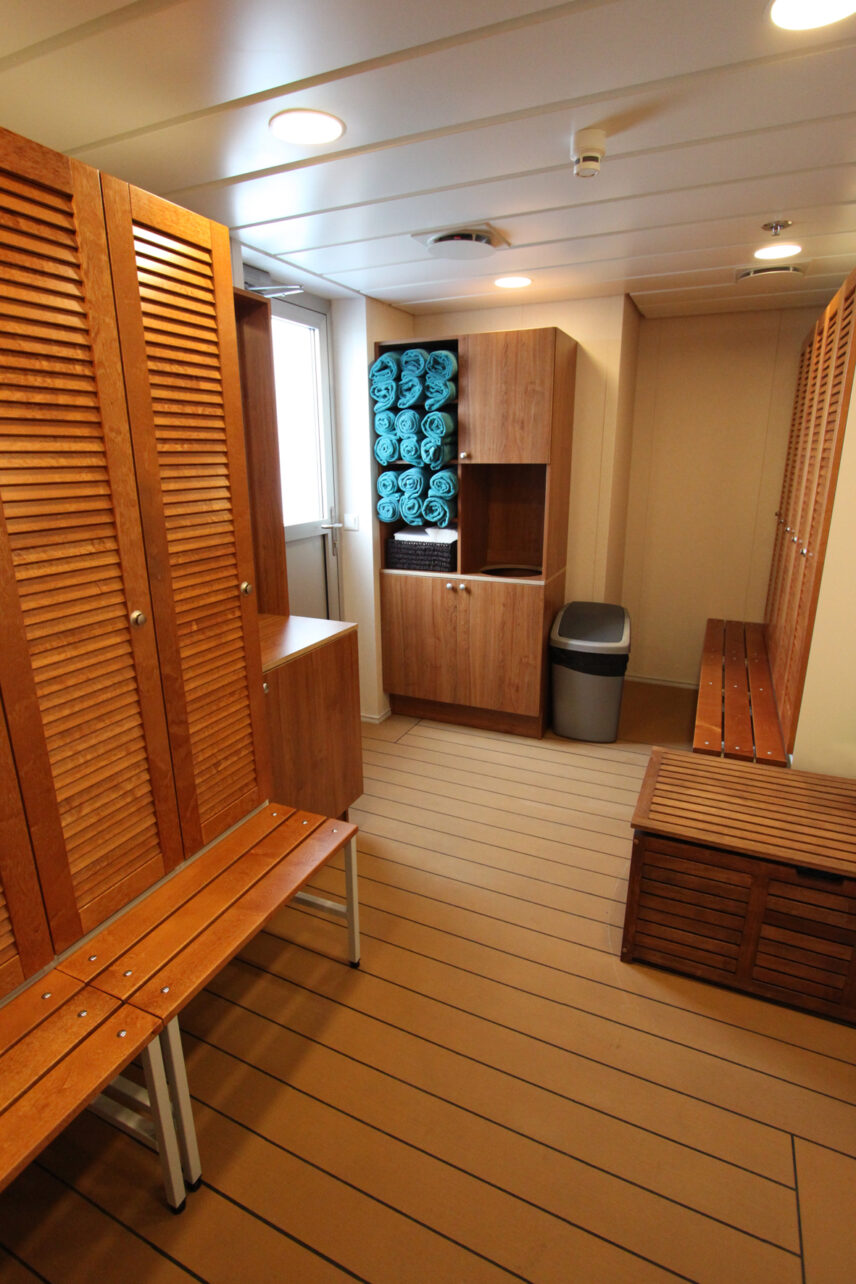
Sauna
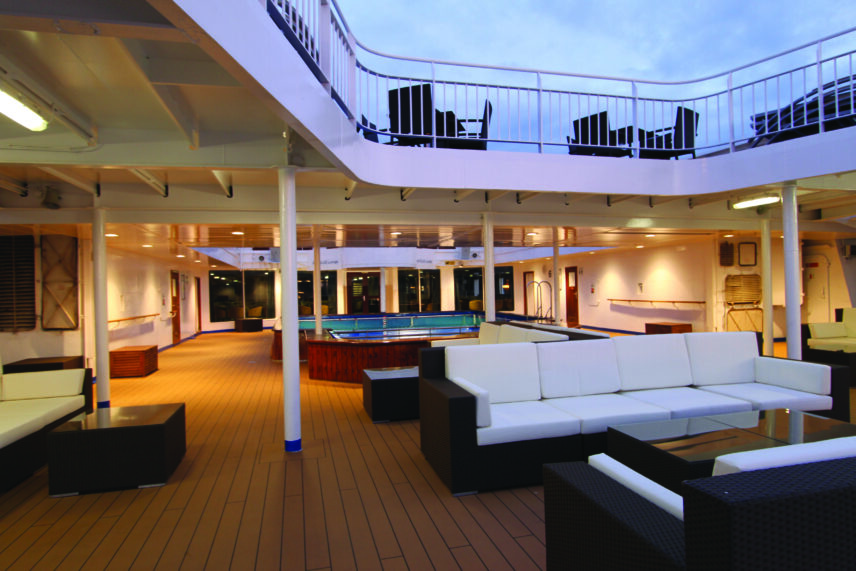
Pool Deck – Stern
Cabin Upgrades
While we have reserved the cabin options above, you may have the option to book a different cabin for an additional cost, subject to availability.
Cabin Category 10
Suite
- Forward-facing picture windows, unobstructed view
- Matrimonial bed (bigger than US double but smaller than a Queen)
- Private bath with full tub
- Refrigerator
- Hair dryer, bathrobe, towels, body wash, and hair care products
- Intercom, telephone, and flat screen tv
- Approximately 310 square feet
Cabin Category 9
Junior Suite
- Picture windows, unobstructed view
- Matrimonial bed (bigger than US double but smaller than a Queen)
- Private bath
- Sitting area
- Hair dryer, bathrobe, towels, body wash, and hair care products
- Intercom, telephone, and flat screen tv
- Approximately 270 square feet
Cabin Category 8
Superior Twin
- Two picture windows, unobstructed view
- Two lower berths
- Private bath
- Sitting area
- Hair dryer, bathrobe, towels, body wash, and hair care products
- Intercom, telephone, and flat screen tv
- Approximately 210 square feet
Cabin Category 1
Quad
- Interior cabin
- Four lower berths
- Private bath
- Hair dryer, bathrobe, towels, body wash, and hair care products
- Intercom, telephone, and flat screen tv
- Approximately 240 square feet
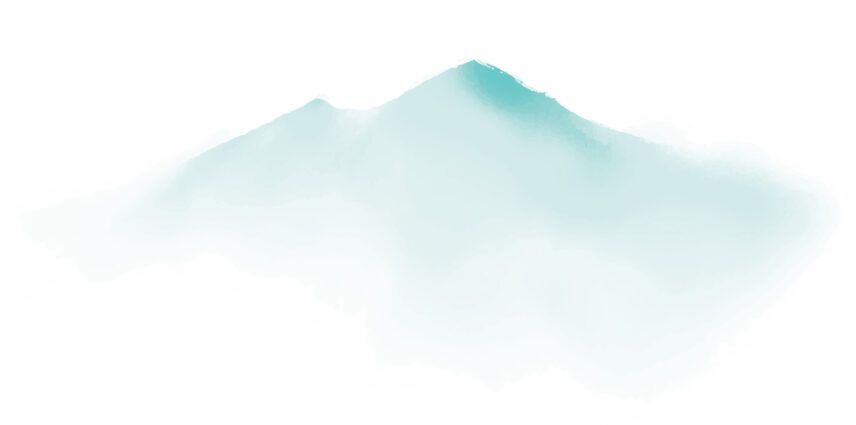
Trip Details
The Ocean Endeavour
While you’ll be with the Wild Women group, this isn’t an exclusive Wild Women Expeditions or 100% women-only trip. The Wild Women group size can range from 10 to 40 women, but there will be other passengers along for the journey. In addition, the staff and crew of the Ocean Endeavour, a 198-passenger ship, will also be co-ed.
Our Expedition Cruise Partner’s Client Portal
Approximately three to four months prior to departure, you will receive an email with a unique URL link to our partner’s information portal. Please carefully and thoroughly complete these forms with your current personal and medical information, dietary preferences or requirements and other information as requested.
Your Guide to the Arctic
Click HERE for a more in-depth guide to all of the logistical details you’ll need to know prior to departure—including what you can expect on this expedition and the packing list.
Arrival and Departure
This expedition starts in Toronto, Ontario (airport code: YYZ) and finishes in Yellowknife, Northwest Territories (airport code: YZF).
Learn More: Watch the Webinar
The Wild Women Way
If you’re wondering how we roll, it’s together. The Wild Women Way is our modus operandi, our mantra and our rock solid foundation. You can learn more about our Wild Ways HERE.

How We Support You
Ready for a big adventure? On this trip we brave the elements, hike uneven coastal terrain and have several Zodiac transfers (from the ship to Zodiac and from Zodiac to shore). Yes, it can be a challenge, but you’re never alone. Like thousands of women before you, you’ll draw on the strength you didn’t know you had and tap into your inner explorer.
Like all our trips, this trip can be scaled to suit different abilities and comfort levels. If you have concerns or reservations about your ability to complete or enjoy this trip due to any physical or medical reasons, please contact us and let’s talk about it.
What the Trip Entails
- Entering and exiting the Zodiacs
- Maneuvering around tight spaces
- Walking on uneven terrain
- Being on a boat for an extended period of time
- Due to strong currents, there may be moderate movement on the vessel while navigating (most passengers are not affected)
- If you choose to go on the kayaking excursions, some kayaking experience is required
- Please note that Wild Women small ship expeditions are not 100% Wild Women exclusive or women-only. Staff, crew and fellow passengers on the Ocean Endeavour will be co-ed
- Physical Rating: Easy (Some physical activity included. Trips are the most leisurely with an average of 1-4 hours of physical activity each day.)
